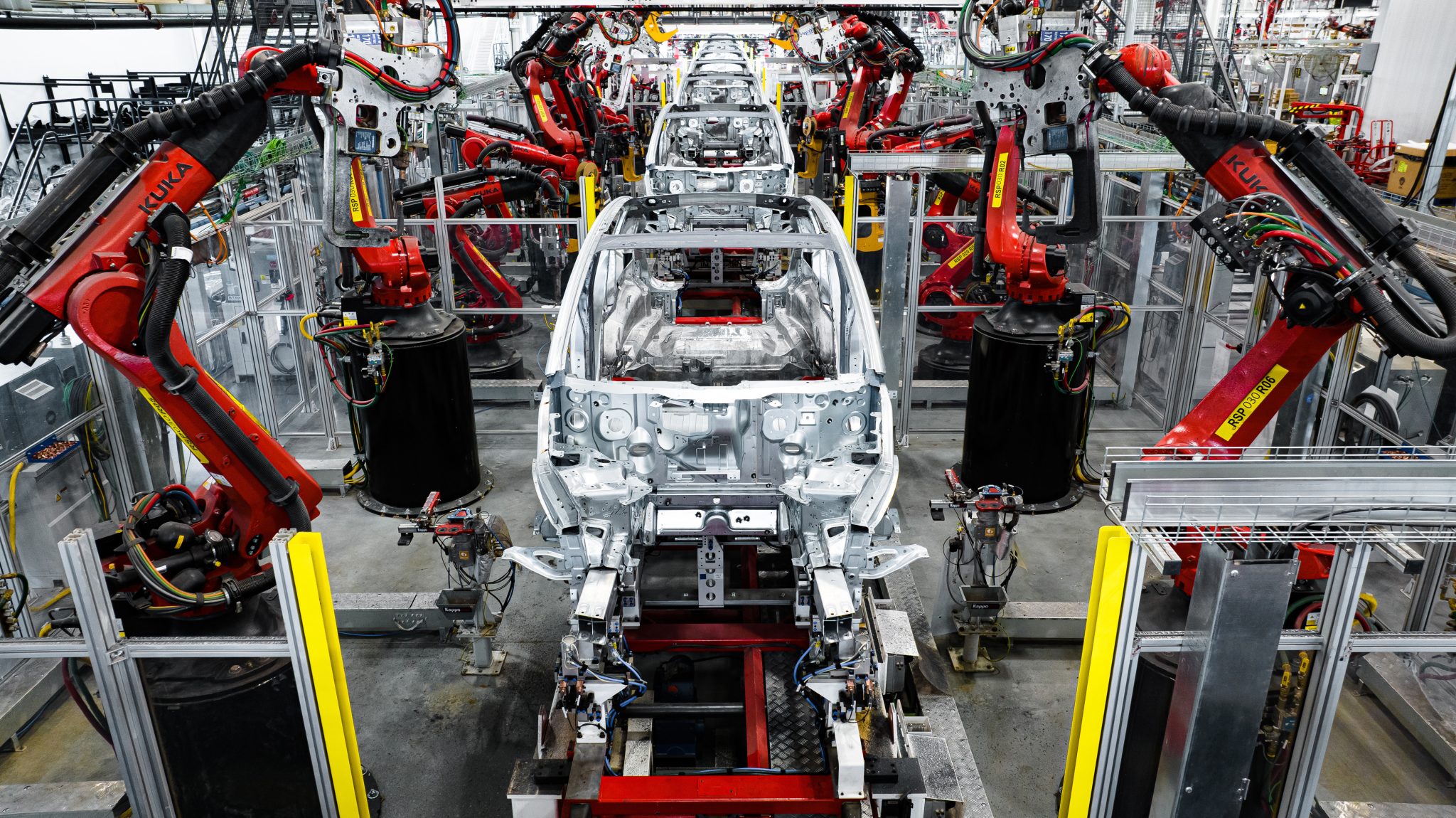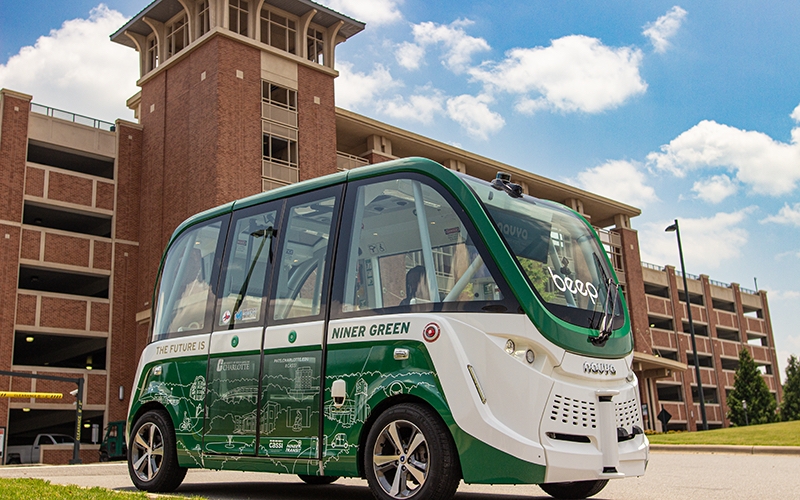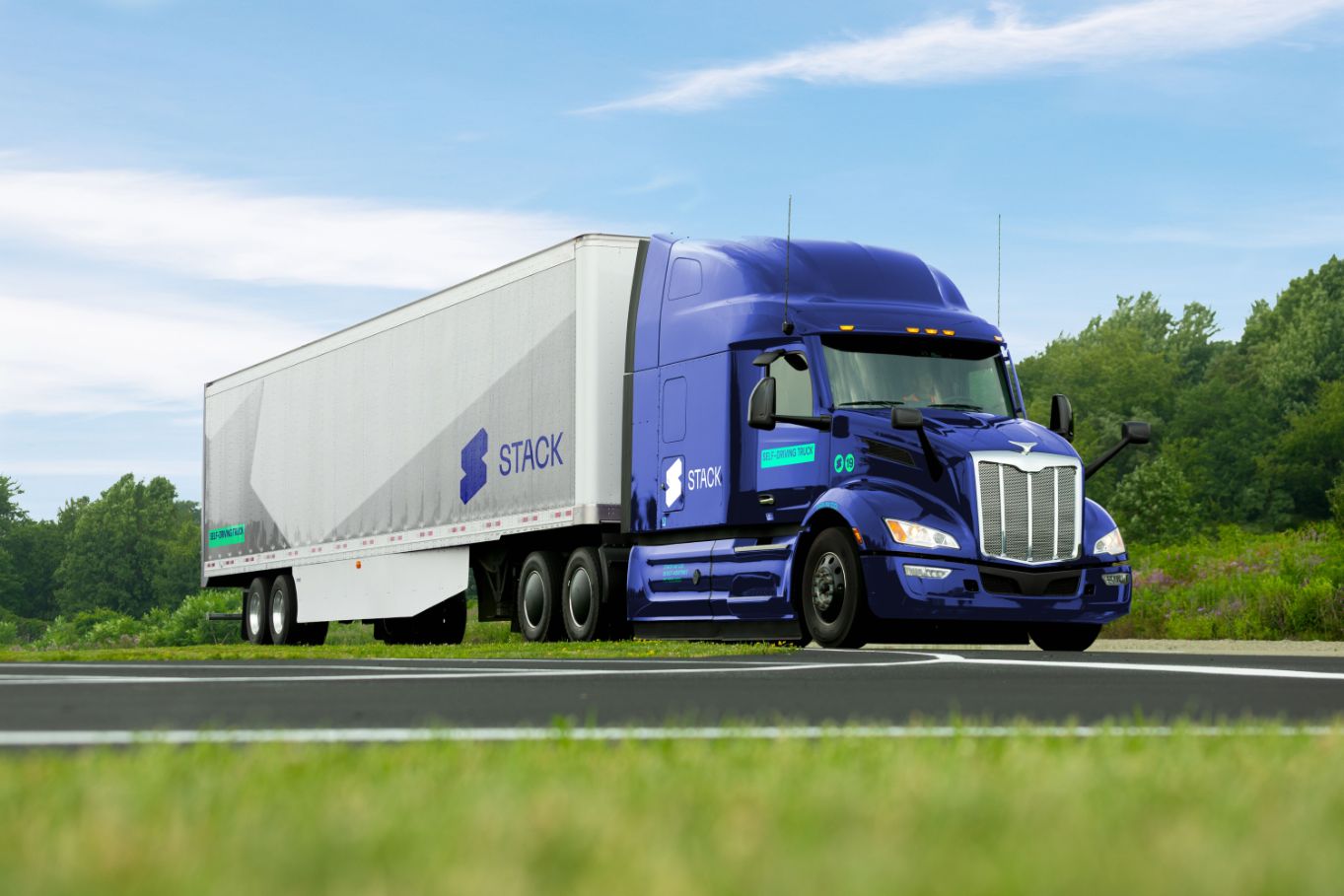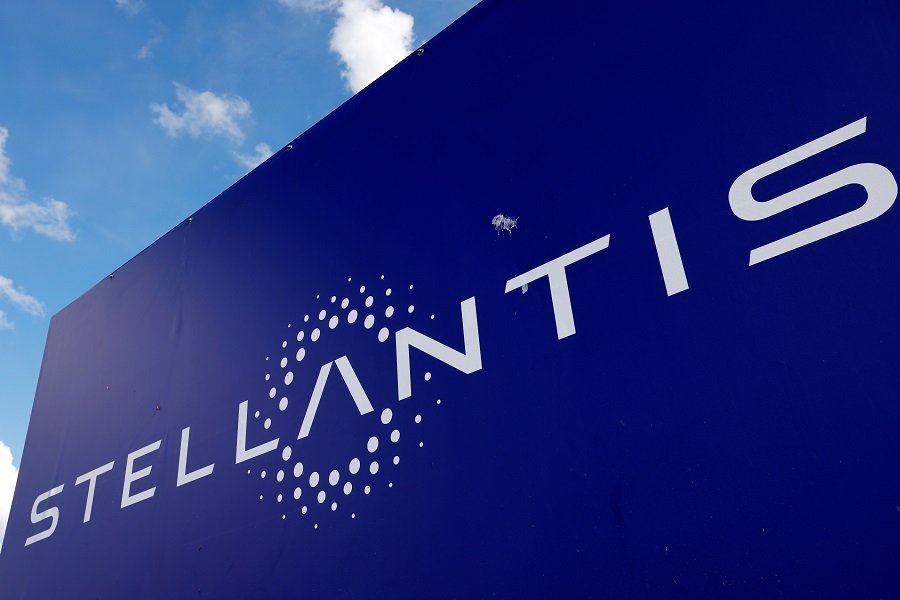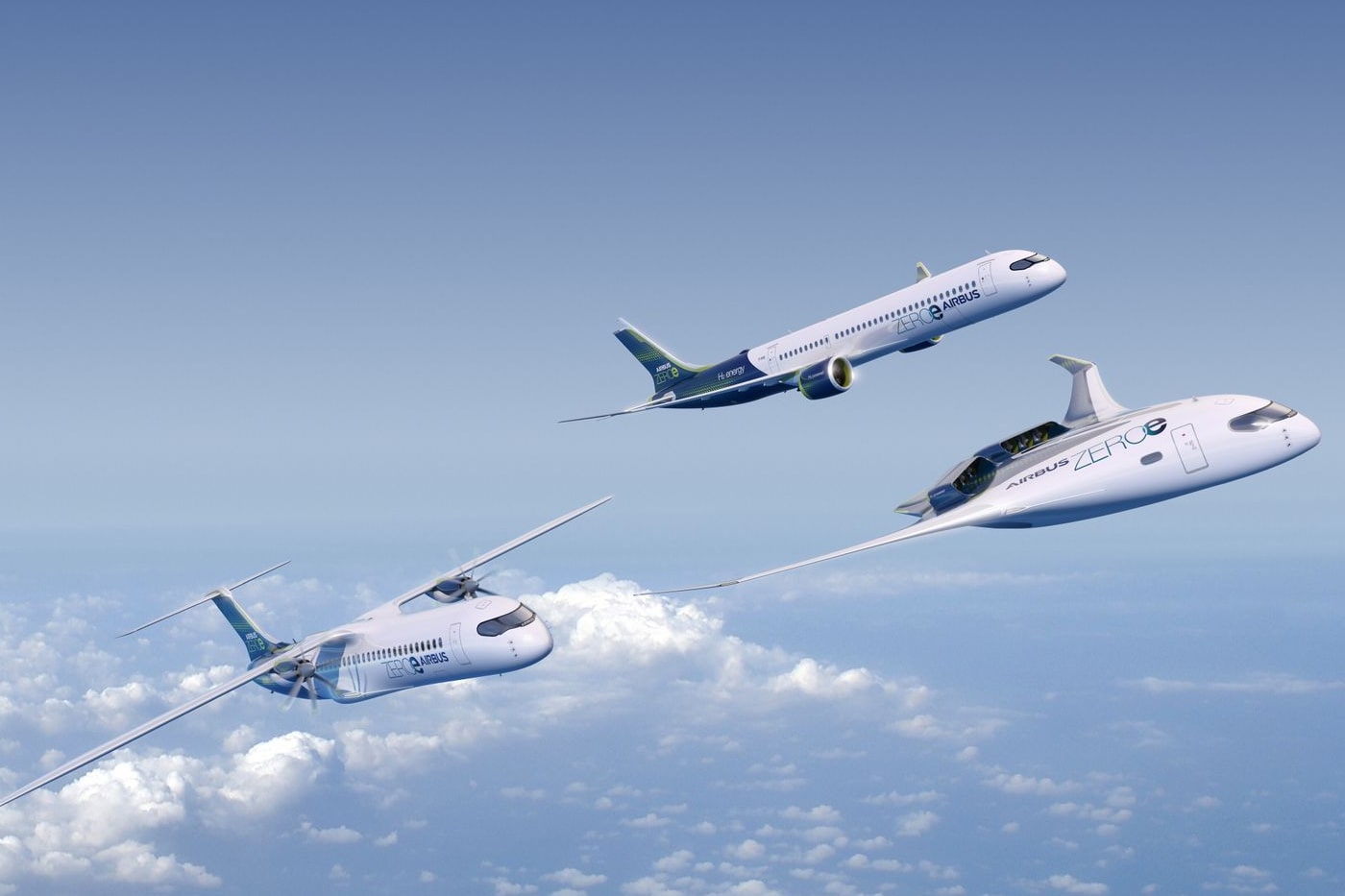In an exclusive report by Reuters, five anonymous sources familiar with Tesla’s plans have revealed potential groundbreaking production techniques that could significantly reduce production costs and bring Elon Musk’s dream of an affordable, entry-level electric vehicle (EV) priced around $25,000 closer to reality.
Tesla has already made notable strides in cost-effective production methods with the Model Y, utilizing “gigacasting,” which involves the use of massive presses with clamping pressures of up to 9,000 tons to mold front and rear structures. This innovation has helped the automaker streamline production processes and reduce complexity. Now, Tesla is exploring the possibility of die-casting nearly the entire underbody of an EV as a single piece, as opposed to the hundreds of parts typically found in conventional vehicles.
According to two of the sources, these pioneering manufacturing techniques could potentially allow Tesla to develop an entirely new car within 18-24 months, a significant reduction from the typical three to four years required. All five sources suggest that Tesla’s entry-level EV could be a prime candidate for the new technique, which integrates the front and rear sections with the underbody. The advanced stage of development indicates that a decision regarding its implementation could be made as early as this month.
Central to Tesla’s progress in this field is the design and testing of the colossal molds used to create these substantial parts. To mitigate the high costs traditionally associated with creating large metal test molds, Tesla sought assistance from companies specializing in 3D printing test molds from industrial sand. This approach not only significantly lowers costs but also reduces the design validation cycle from up to a year to just two to three months.
Tesla also overcame a challenge related to crashworthiness criteria for the new technique, particularly regarding the behavior of aluminum alloys used in the castings with sand. Engineers resolved this issue through the development of special alloys, fine-tuning of the alloy cooling process, and post-production heat treatment.
Given that Tesla’s entry-level EV is compact and features minimal overhangs, it presents an ideal platform for the implementation of these groundbreaking production techniques. While some hurdles remain, such as the specific gigapress to be used for casting the underbody in one piece, Tesla is steadily addressing each challenge. This could potentially place Tesla ahead of competitors just as they begin to catch up.
For instance, Ford recently announced plans for its next electric pickup, Project T3, which will be produced at an assembly plant featuring unprecedented efficiencies. However, this vehicle is not expected to enter production until 2025, giving Tesla ample time to continue pushing the boundaries of production innovation.

